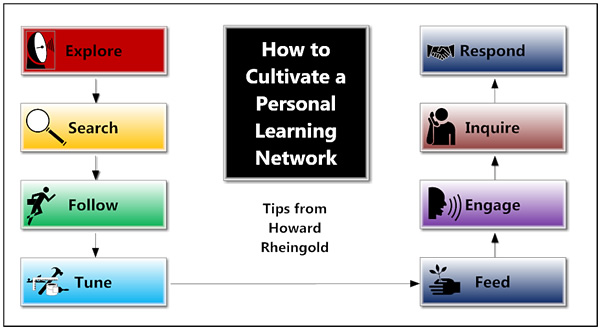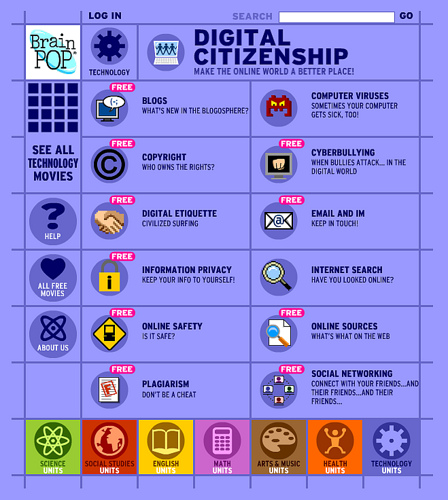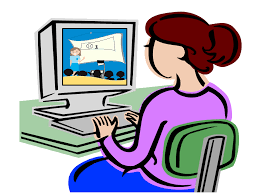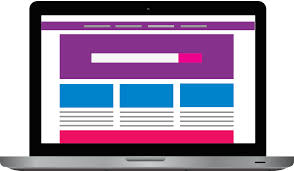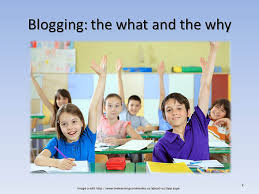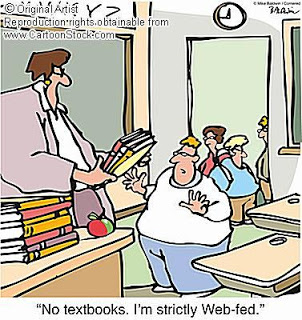
The primary goal of this course is to help you improve your proficiency with current and emerging educational technologies that may enhance your instruction, assessment, and professional productivity. During our time together, we will explore ways to facilitate the use of technology to inspire student learning and creativity. We will learn how to design, develop, and assess digital learning experiences. We will discover ways to model digital-age work and learning. We will practice modeling digital citizenship and responsibility. Finally, we will investigate ways to grow professionally and become connected technology leaders. Continue reading EDTC6433 Teaching with Technology: Meta-Reflection
